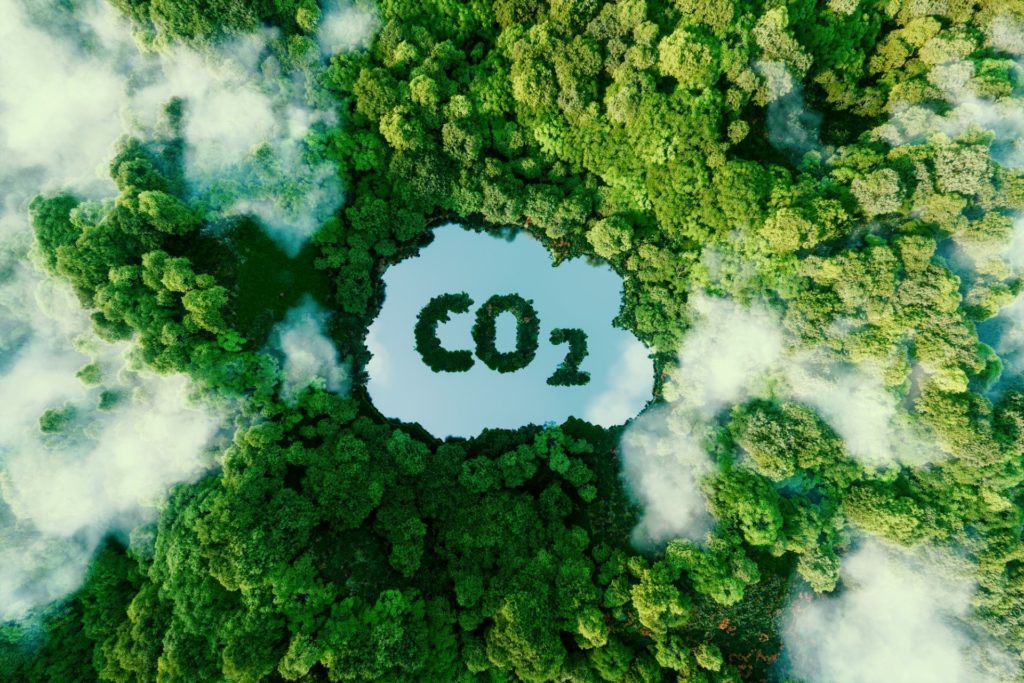Switzerland leads in greenhouse gas reductions, demonstrating a commitment to combat climate change. Through innovative policies and sustainable practices, the country strives for a greener and more resilient future.

Closed carbon cycle: Shaping a sustainable future by recycling carbon emissions, minimizing environmental impact, and fostering a circular economy for a cleaner planet.
Carbon Capture
Investing in technologies to capture and store or reuse carbon dioxide.
Renewable Energy Integration
Prioritizing clean energy sources to reduce carbon output.
Circular Economy Practices
Embracing recycling and reuse to minimize waste and emissions.
Sustainable Agriculture
Implementing practices that enhance carbon sequestration in soil.
Innovation Leadership
Switzerland positions itself as a leader in closed carbon cycle technologies, driving global advancements toward a carbon-neutral future.
Carbon Capture and Storage (CCS) spearheads the battle against climate change, capturing and containing carbon emissions to mitigate their impact on the environment.
Capture of CO₂ Emissions
Carbon Capture and Storage (CCS) is a technology designed to capture carbon dioxide (CO₂) emissions produced from industrial processes and power generation facilities before they are released into the atmosphere.
Transportation
Once captured, the CO₂ is transported to a storage site, typically through pipelines, ships, or trucks, for secure and permanent disposal.
Geological Storage
The captured CO₂ is then injected deep underground into geological formations, such as depleted oil and gas fields or deep saline aquifers, where it can be stored safely and securely for long periods.
Preventing Atmospheric Release
The primary goal of CCS is to prevent the release of large amounts of CO₂, a major greenhouse gas contributing to climate change, into the atmosphere, thereby mitigating its impact on global warming.
Role in Climate Change Mitigation
Carbon Capture and Storage plays a crucial role in achieving climate change mitigation goals by reducing overall carbon emissions, especially from industries with high carbon output, and facilitating the transition to a low-carbon and sustainable energy future.


CO₂ Removal Technologies aim to capture and eliminate carbon dioxide to mitigate climate change.
Carbon Capture
Investing in technologies to capture and store CO₂ emissions.
Renewable Energy Innovation
Advancing clean energy sources to minimize carbon output.
Carbon Offset Initiatives
Supporting projects that reduce emissions effectively or remove Greenhouse gases from the atmosphere.
Energy Efficiency Solutions
Implementing technologies that reduce overall energy consumption.
Public Awareness Programs
Promoting understanding and engagement in adopting CO₂-reducing practices, fostering a nation committed to environmental responsibility.
CO₂ removal technologies herald a promising frontier in combating climate change, capturing and mitigating carbon emissions to forge a cleaner, more sustainable future.
CO₂ Compensation
This involves offsetting carbon emissions by investing in external projects, such as reforestation or renewable energy initiatives, to achieve a carbon balance through activities that mitigate an equivalent amount of greenhouse gases. This is often done by purchasing carbon credits for certified projects.
CO₂ Removal Technologies
These actively capture and remove carbon dioxide from the atmosphere, utilizing methods like direct air capture or enhanced weathering to address the root cause of emissions.
Timing and Impact of CO₂ Removal
This refers to the duration it takes for technologies like direct air capture to show results. While the process may be slower compared to immediate CO₂ Compensation, the impact is significant, actively addressing the root cause of emissions by removing carbon dioxide from the atmosphere, contributing to a comprehensive approach to climate change mitigation
Permanence and Scale
Focusing on the longevity and scale of these approaches and comparing the potential permanence of CO₂ Compensation projects with the large-scale and comprehensive nature of CO₂ Removal technologies in addressing the global carbon challenge.

Energy sobriety charts a mindful path towards sustainable living, encouraging conscious consumption and responsible use of resources for a greener and resilient future.
Resource Efficiency
Energy sobriety emphasizes maximizing the efficiency of energy use, minimizing waste, and optimizing processes to achieve more with less energy consumption.
Renewable Sources
Prioritizing the use of renewable energy sources, such as solar, wind, and hydropower, is a key aspect of energy sobriety to reduce reliance on finite and environmentally harmful fossil fuels.
Smart Technologies
Implementing smart technologies and innovative solutions, such as energy-efficient appliances, smart grids, and advanced monitoring systems, plays a crucial role in achieving energy sobriety by intelligently managing and conserving energy resources.
Behavioral Changes
Energy sobriety also involves promoting sustainable behavior among individuals and businesses, encouraging practices like turning off lights when not needed, using energy-efficient appliances, and adopting eco-friendly habits.
Holistic Approach
Energy sobriety requires a holistic approach that considers the entire lifecycle of energy production and consumption, addressing not only direct energy use but also indirect factors like manufacturing, transportation, and disposal to achieve a comprehensive reduction in overall energy demand.
Lorem ipsum dolor sit amet, consectetur adipiscing elit. Ut elit tellus, luctus nec ullamcorper mattis, pulvinar dapibus leo.
Lorem ipsum dolor sit amet, consectetur adipiscing elit, sed do eiusmod tempor incididunt ut labore et dolore magna aliqua. Sed id semper risus in hendrerit gravida.
Lorem ipsum dolor sit amet, consectetur adipiscing elit, sed do eiusmod tempor incididunt ut labore et dolore magna aliqua. Sed id semper risus in hendrerit gravida.
Lorem ipsum dolor sit amet, consectetur adipiscing elit, sed do eiusmod tempor incididunt ut labore et dolore magna aliqua. Sed id semper risus in hendrerit gravida.
Introducing an exciting collaboration of leading Swiss institutions: including ETH Zurich, EPFL, PSI, Empa and the Swiss Museum of Transport, to inform and engage with you on Swiss Energy Strategy 2050. Discover our research towards a Net-Zero energy system. Join us today!